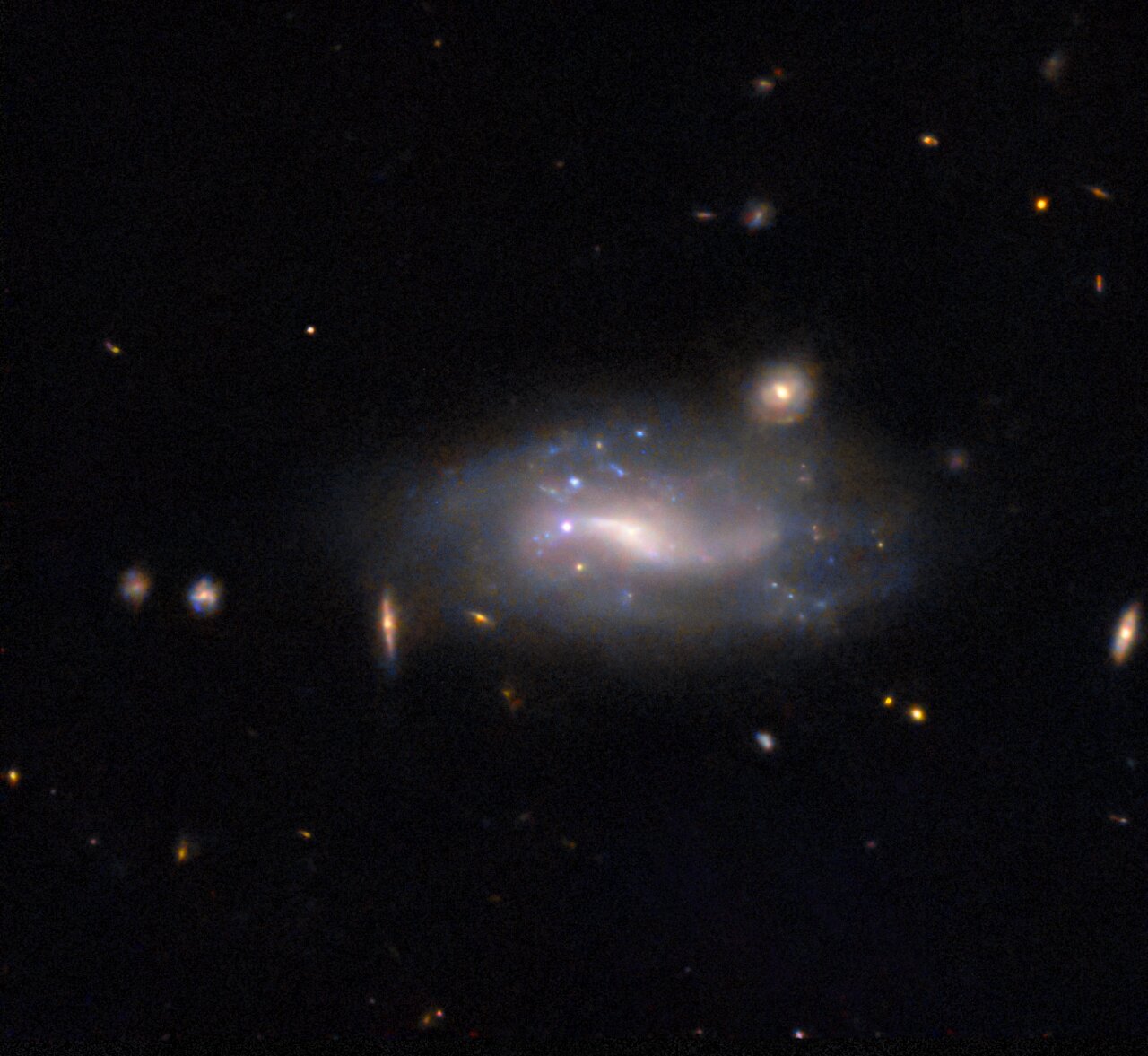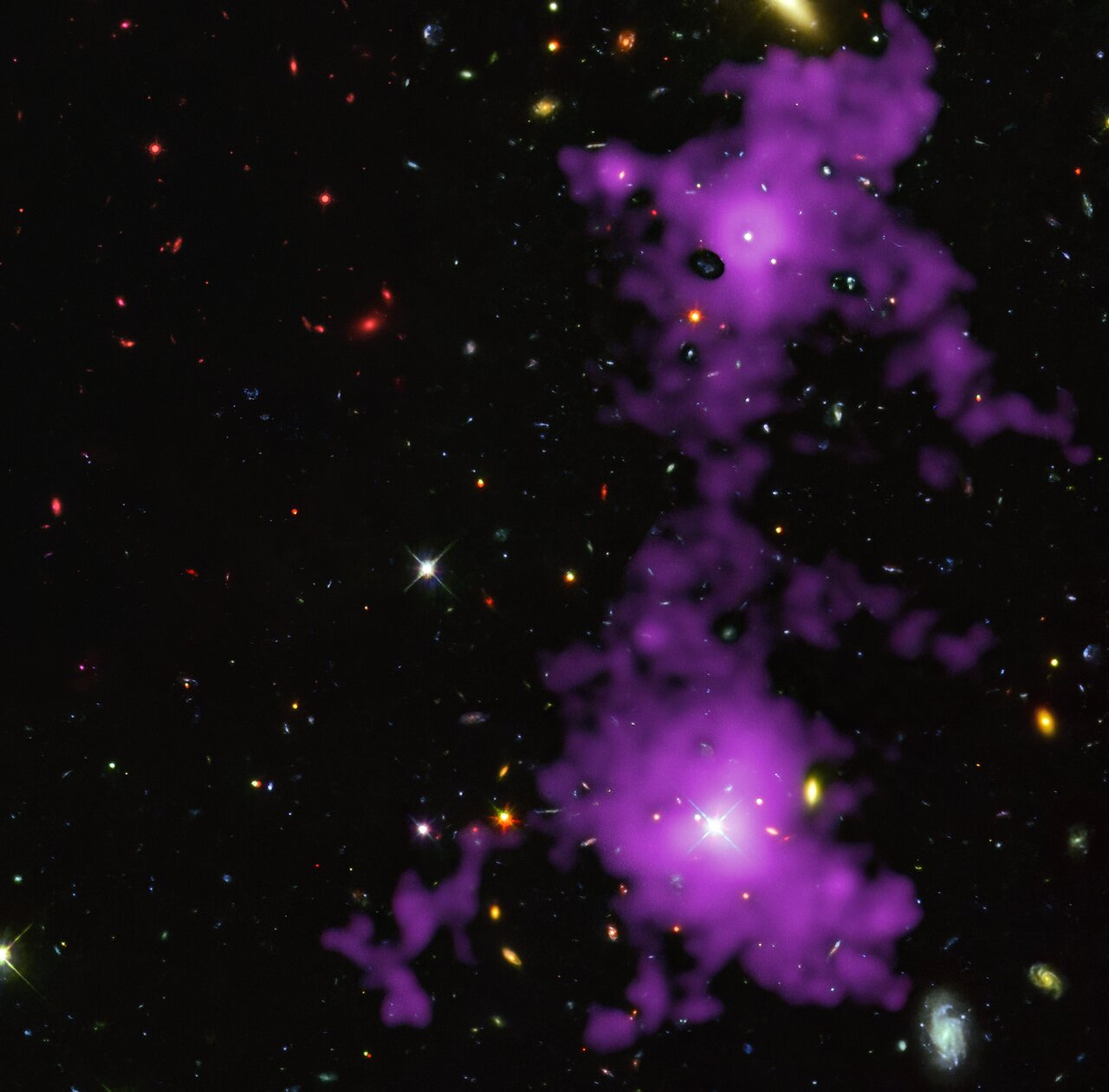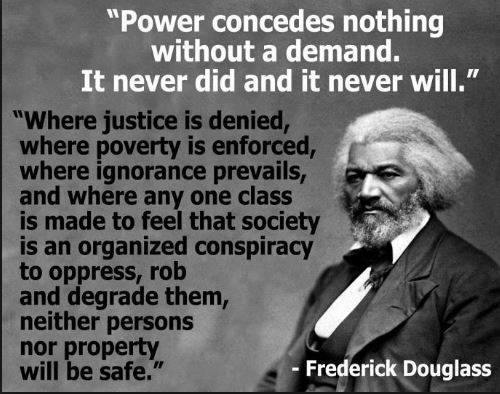Blog
Al Kooper (born Alan Peter Kuperschmidt; February 5, 1944 NY) is an American retired songwriter, record producer, and musician. Throughout much of the 1960s and 1970s he was a prolific studio musician, including playing organ on the Bob Dylan song “Like a Rolling Stone“, French horn and piano on the Rolling Stones song “You Can’t Always Get What You Want“, and lead guitar on Rita Coolidge‘s “The Lady’s Not for Sale“. He also joined and named Blood, Sweat & Tears. However, he did not stay with the group long enough to share its popularity. Kooper produced a number of one-off collaboration albums, such as the Super Session album that saw him work separately with guitarists Mike Bloomfield and Stephen Stills. In the 1970s Kooper was a successful manager and producer, recording Lynyrd Skynyrd‘s first three albums. He has had a successful solo career, writing music for film soundtracks, and has lectured in musical composition. Kooper was selected for induction to the Rock and Roll Hall of Fame in 2023.
more...Joe Beard (b. Feb. 4, 1938) is Rochester’s legendary blues guitarist and vocalist. He has many times toured the United States as well as Europe and has sat in with Muddy Waters, B.B. King, and his idol John Lee Hooker. Beard performed at the inauguration gala of President George H.W. Bush. He grew up in Ashland, Mississippi, surrounded by aspiring and veteran blues musicians, singing at an early age and taking to the guitar when he was 17. After settling in Rochester in the mid-1950s he formed the Soul Brothers Six and also befriended famed classic blues guitarist Son House, who was his neighbor in Rochester (and now a fellow inductees in the Rochester Music Hall of Fame). Beard and Son House began playing together, including a concert for students at the University of Rochester in 1968. Beard’s music is rooted in the delta and early urban blues of Memphis, Detroit, and Chicago. Critics and fans say his songs have a storytelling quality about them. Beard has recorded several acclaimed blue albums, including the critically acclaimed “Blues Union” with musician Ronnie Earl in 1996, which won Offbeat Magazine‘s Blues Album of the Year award.
more...A supernova and its host galaxy are the subject of today’s NASA/ESA Hubble Space Telescope Picture of the Week. The galaxy in question is LEDA 132905, which is situated in the constellation Sculptor. Even at over 400 million light-years away, LEDA 132905’s spiral structure is faintly visible, as are patches of bright blue stars.
The bright white dot directly in the centre of the image, between the bright centre of the galaxy and its faint left edge, is a supernova named SN 2022abvt. SN 2022abvt was discovered in late 2022, and Hubble observed the explosion about two months later. This image was constructed from data collected to study Type Ia supernovae, which occur when the exposed core of a dead star ignites in a sudden, destructive burst of nuclear fusion. Researchers are interested in this type of supernova because they can be used to measure precise distances to other galaxies.
The Universe is a big place, and supernova explosions are fleeting. How is it possible to be in the right place at the right time to catch a supernova when it happens? Today, most supernovae are discovered by robotic telescopes that continuously scan the night sky. But some are still found the old-fashioned way, by careful observers who take repeated images of the sky and search for changes. SN 2022abvt was spotted by the Asteroid Terrestrial-impact Last Alert System, or ATLAS. As the name suggests, ATLAS was designed to track down the faint, fast-moving signals from asteroids close to Earth. In addition to searching out asteroids, ATLAS also keeps tabs on objects that brighten or fade suddenly, like supernovae, variable stars and galactic centres powered by hungry black holes.
[Image Description: In the exact centre a supernova is seen as a small but bright blue dot. It lies atop a spiral galaxy, close to the glowing centre and next to some bright patches of blue stars in the galaxy. A small number of more minor galaxies are visible around the comparatively large spiral as small glowing discs, while further distant galaxies are seen as mere orangish spots and smudges, all on a black background.]

John Steel (born 4 February 1941) is an English musician who is the long-serving drummer for the Animals. Having served as the band’s drummer at its inception in 1963, he is the only original band member playing in the current incarnation of the Animals. He was inducted with the band into the Rock and Roll Hall of Fame in 1994.
more...John Stubblefield (February 4, 1945 – July 4, 2005 Little Rock, AK) was an American jazz saxophonist, flautist, and oboist.
more...Harold Andrew “Duke” Dejan (February 4, 1909 – July 5, 2002) was an American jazzalto saxophonist and bandleader in New Orleans. Dejan is best remembered as leader of the Olympia Brass Band during the 1960s and 1970s, when it was considered the top band in the city.
more...Jutta Hipp (February 4, 1925 – April 7, 2003) was a jazz pianist and composer. Born in Leipzig during the Weimar Republic, Hipp initially listened to jazz in secret, as it was not approved of by the Nazi authorities. After World War II, she became a refugee, often lacking food and other necessities. By the early 1950s, she was a touring pianist and soon led her own bands. Critic Leonard Feather heard Hipp perform in Germany in 1954, recorded her, and organized her move to the United States the following year. Club and festival appearances soon followed, as did album releases.
For reasons that are unclear, Hipp’s last recording was in 1956. She started working in a clothing factory, and ultimately cut herself off from the music world. She remained in the United States, and worked for the clothing company for 35 years.
more...Is there an invisible web of dark matter surrounding us? Its influence can be observed across the cosmos, but the web remains unseen… for the most part. This Picture of the Week shows the clearest image yet of a filament from this cosmic web. The filament was imaged with ESO’s Very Large Telescope, and is shown here in purple overlaid on a background image from the NASA/ESA Hubble Space Telescope. Made of gas clumped together by the influence of dark matter, the filament stretches out for 3 million light-years, connecting two distant galaxies in the early Universe.
Around 85% of all matter in the Universe is actually dark matter. Dark matter is invisible, but the gas around it is not. This gas glows extremely faintly though, making these structures very difficult to observe. But after about 150 hours of observations, a team of astronomers led by Davide Tornotti, a PhD student at the University of Milano-Bicocca in Italy, managed to take this sharp image of a cosmic filament. This was possible thanks to the exceptional sensitivity of the MUSEinstrument at the VLT, which has become a workhorse instrument at imaging the cosmic web.
The light from this filament took 11 billion years to reach us, and it shows exactly what theory predicted. In the early Universe, filaments of dark matter could have created a large web that entangled gas through their gravitational pull. Once gas accumulated at the intersection between filaments, it would have provided the fuel necessary to form galaxies. As we observe more of these mysterious filaments, what else will we find trapped within this dark web?

Melanie Anne Safka Schekeryk (February 3, 1947 – January 23, 2024 NY), professionally known as Melanie or Melanie Safka, was an American singer-songwriter.
Melanie is widely known for the 1971–72 global hit “Brand New Key“, her 1970 version of the Rolling Stones’ “Ruby Tuesday“, her composition “What Have They Done to My Song Ma“, and her 1970 international breakthrough hit “Lay Down (Candles in the Rain)“, which was inspired by her experience of performing at the 1969 Woodstockmusic festival.
more...Eugene Edward “Snooky” Young (February 3, 1919 – May 11, 2011 Dayton, OH) was an American jazz trumpeter. He was known for his mastery of the plunger mute, with which he was able to create a wide range of sounds.
Young was lead trumpeter of the Jimmie Lunceford band from 1939 to 1942. He played with Count Basie (three stints totalling eight years), Gerald Wilson and Lionel Hampton, among others, and was an original member of the Thad Jones/Mel Lewis Big Band.
His longest engagement was with NBC, where, as a studio trumpeter, he joined The Tonight Show Band in 1967 and remained with them until 1992, when the band was replaced by a new, smaller group.
He was part of the touring ensemble, the “Now Generation Brass”, that traveled with Doc Severinsen, which included other jazz greats such as reed man Lew Tabackin, drummer Ed Shaughnessy, saxophonist & arranger Tommy Newsom as well as singer Robert Ozn. Young went on to performing live concert dates, corporate events, and headlining shows in the main rooms of Las Vegas. The one nighters usually occurred on Fridays, Saturdays, or Sundays, as Severinsen was committed to The Tonight Show on weeknights.
more...John Watson Jr. (February 3, 1935 – May 17, 1996), often known professionally as
Johnny “Guitar” Watson, was an American musician. A flamboyant showman and electric guitarist in the style of T-Bone Walker, his recording career spanned 40 years, and encompassed rhythm and blues, funk and soul music.
Watson recorded throughout the 1950s and 1960s with some success. His 1954 instrumental single “Space Guitar” was the first of his recordings to showcase his electric guitar playing. His creative self-reinvention in the 1970s, with funk overtones, saw Watson have hits with “Ain’t That a Bitch” and “Superman Lover”. His highest charting single was 1977’s “A Real Mother for Ya”.
more...Lillian Hardin Armstrong (née Hardin; February 3, 1898 – August 27, 1971) was an American jazz pianist, composer, arranger, singer, and bandleader. She was the second wife of Louis Armstrong, with whom she collaborated on many recordings in the 1920s.
Her compositions include “Struttin’ with Some Barbecue”, “Don’t Jive Me”, “Two Deuces”, “Knee Drops”, “Doin’ the Suzie-Q”, “Just for a Thrill” (which was a hit when revived by Ray Charles in 1959), “Clip Joint”, and “Bad Boy” (a hit for the Jive Bombers in 1957). Armstrong was inducted into the Memphis Music Hall of Fame in 2014.
more...Jakob Ludwig Felix Mendelssohn Bartholdy (3 February 1809 – 4 November 1847), widely known as Felix Mendelssohn, was a German composer, pianist, organist and conductor of the early Romantic period. Mendelssohn’s compositions include symphonies, concertos, piano music, organ music and chamber music. His best-known works include the overture and incidental music for A Midsummer Night’s Dream (which includes his “Wedding March“), the Italian and Scottish Symphonies, the oratorios St. Paul and Elijah, the Hebrides Overture, the mature Violin Concerto, the String Octet, and the melody used in the Christmas carol “Hark! The Herald Angels Sing“. Mendelssohn’s Songs Without Words are his most famous solo piano compositions.
Mendelssohn’s grandfather was the Jewish philosopher Moses Mendelssohn, but Felix was initially raised without religion until he was baptised aged seven into the Reformed Christian church. He was recognised early as a musical prodigy, but his parents were cautious and did not seek to capitalise on his talent. His sister Fanny Mendelssohnreceived a similar musical education and was a talented composer and pianist in her own right; some of her early songs were published under her brother’s name and her Easter Sonata was for a time mistakenly attributed to him after being lost and rediscovered in the 1970s.
Mendelssohn enjoyed early success in Germany, and revived interest in the music of Johann Sebastian Bach, notably with his performance of the St Matthew Passion in 1829. He became well received in his travels throughout Europe as a composer, conductor and soloist; his ten visits to Britain – during which many of his major works were premiered – form an important part of his adult career. His essentially conservative musical tastes set him apart from more adventurous musical contemporaries, such as Franz Liszt, Richard Wagner, Charles-Valentin Alkan and Hector Berlioz. The Leipzig Conservatory, which he founded, became a bastion of this anti-radical outlook. After a long period of relative denigration due to changing musical tastes and antisemitism in the late 19th and early 20th centuries, his creative originality has been re-evaluated. He is now among the most popular composers of the Romantic era. Mendelssohn suffered from poor health in the final years of his life, probably aggravated by nervous problems and overwork. A final tour of England left him exhausted and ill, and the death of his sister, Fanny, on 14 May 1847, caused him further distress. Less than six months later, on 4 November, aged 38, Mendelssohn died in Leipzig after a series of strokes.
more...More Posts
- J J Cale
- Art Davis
- Little Richard
- Sonny Boy Williamson
- World Music with Tosin Aribisala
- Daily Roots with Maxi Millian
- Club Calabash XXV
- Surviving the Pandemic and Realizing Racial Justice
- The Cosmos with M63
- Cassandra Wilson
- Terry Woods
- Jim Hall
- Eddie Heywood
- Flamenco Fridays with Sabicas
- Daily Roots with Steel Pulse
- Surviving the Pandemic and Realizing Racial Justice
- The Cosmos with NGC 4038/39
- Joe Brother Cornbread Thomas
- Antonio Soler
- Kanaka Dasa

